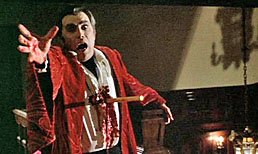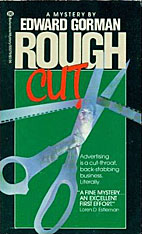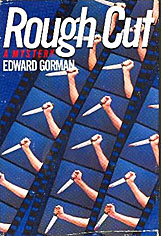Fri 18 Nov 2016
A 1001 Midnights Review: ANTHONY BERKELEY – The Poisoned Chocolates Case.
Posted by Steve under 1001 Midnights , Reviews[6] Comments
by Marcia Muller
ANTHONY BERKELEY – The Poisoned Chocolates Case. Doubleday Crime Club, hardcover, 1929. First published in the UK by Collins, hardcover, 1929. Paperback reprints include Pocket #814, US, 1951; Dell/Scene of the Crime #8, US, 1983.
Anthony Berkeley (a pseudonym for A.B. Cox, who also wrote as Francis Iles) had an excellent ability to characterize, as is demonstrated in this novel in which the members of London’s Crime Club — a carefully chosen group of armchair detectives — match wits to solve the murder of Mrs. Graham Bendix. Mrs. Bendix died after eating poisoned chocolates that were apparently intended for Sir Eustace Pennefather, dissolute member of the aristocracy whom many had reason to kill.
The police have found no solution to the problem of who sent the chocolates to Sir Eustace (who seems to have innocently passed them on to Mrs. Bendix), and Roger Sheringham, somewhat pompous founder of the Crime Club, has volunteered the assistance of his learned members. Although Detective Inspector Farrar of Scotland Yard appears to think this an idle amusement, nonetheless he agrees to brief the club on the case.
The members — each characterized in all his or her eccentricities — agree to present their solutions on different nights. And it is no surprise when suspicion falls on one of their number. As theories and evidence pile up, the facts of the case unfold, and the cumulative work of the members — each of whom has his own particular sphere of knowledge, each of whom is certain of the correctness of his solution — leads to the logical but surprising conclusion.
This is a talky novel, with little action or movement. But it should appeal to those who like the combination of good characterization and armchair detection.
Other novels featuring the learned Roger Sheringham include The Layton Court Mystery (1929), The Second Shot (1931), Jumping Jenny (1933), and Panic Party (1934).
———
Reprinted with permission from 1001 Midnights, edited by Bill Pronzini & Marcia Muller and published by The Battered Silicon Dispatch Box, 2007. Copyright © 1986, 2007 by the Pronzini-Muller Family Trust.


